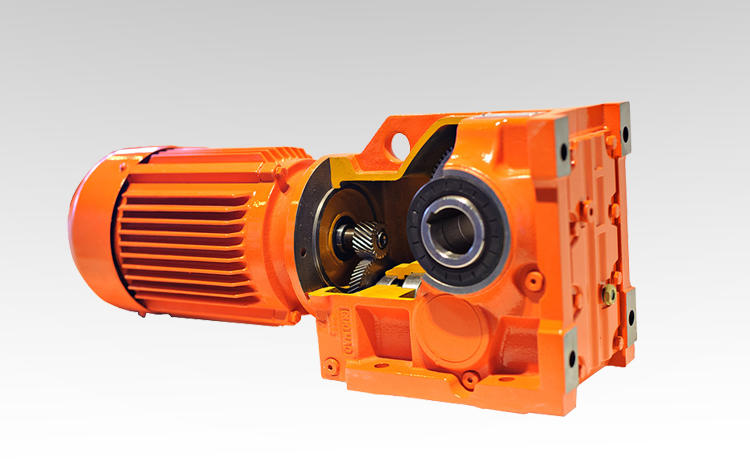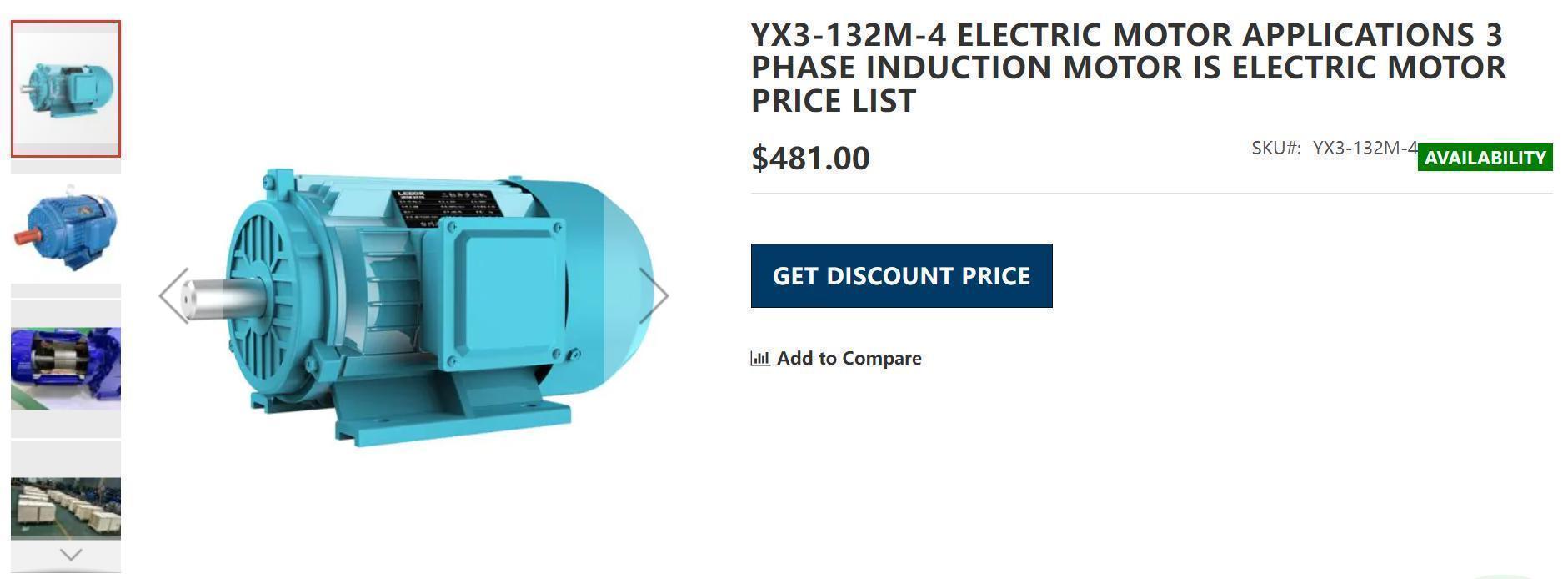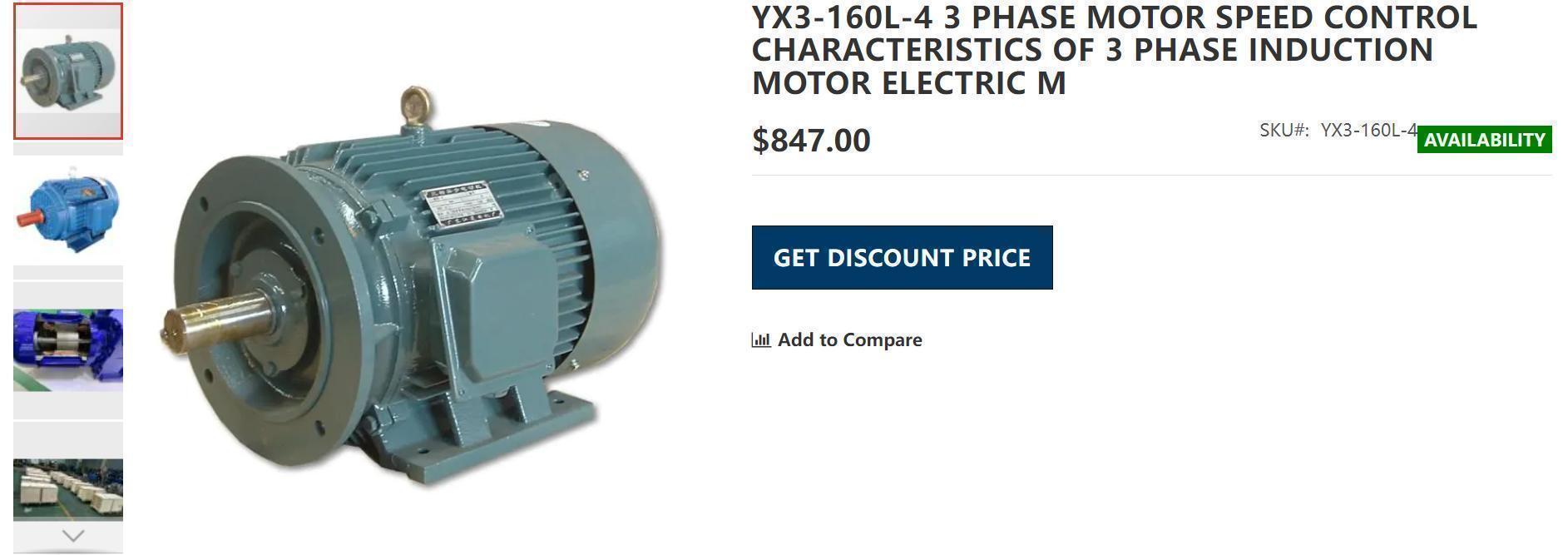Why is backlash required between meshing gears?
The backlash of the gear tooth refers to the circumferential sway of the other gear when the gear pair is fixed, and is calculated by the arc length of the index circle.
1 design criteria for minimum gear backlash
In order to ensure the formation of a normal lubricating oil film between the tooth surfaces and to prevent the thermal expansion deformation of the gears from causing the gear teeth to become stuck, the teeth must have an appropriate flank clearance when engaged.
2 Calculation of the minimum gear tooth side clearance
The flank clearance required to ensure normal lubricant film is determined by the lubrication method and the linear velocity of the index circle
3 tooth gap backlash required for thermal deformation jnmin2
Calculated using the following formula:
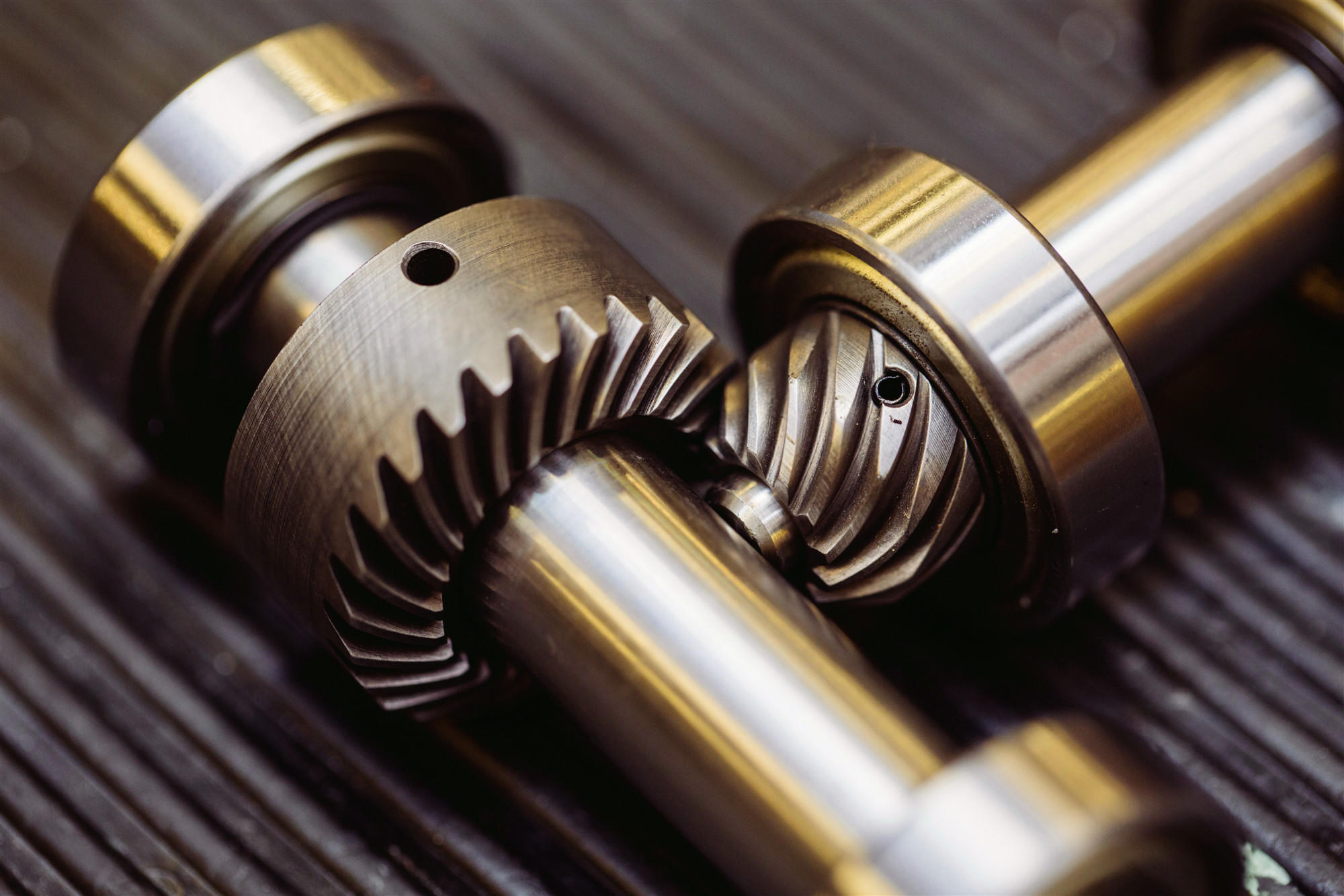
Why is backlash required between meshing gears?
Jnmin2=2α(α1△t1-α2△t2)sinαn(1)
Where: jnmin2 - temperature compensation backlash, mm;
A——the center distance of the gear pair, mm;
11, α2——linear expansion coefficient of gear and box material, 1/°C;
Δt1, Δt2——the temperature difference between the gear and the box when working with the standard temperature, °C
Nn - normal pressure angle. Why is backlash required between meshing gears?
4 Backlash reduction due to gear machining and installation error
K=[f2pb1+f2pb2+(Fβcosαn)2+(fxsinαn)2+
(fycosαn)2]1/2(2)
Where: K - error compensation backlash, mm;
Fpb1, fpb2 - the base joint limit deviation of the gear pair, mm;
Fβ——tooth tolerance, mm;
Fx, fy - the parallelism tolerance of the gear sub-axis x and y directions, mm.
1.2.3 The center distance deviation is negative, causing the backlash to decrease by G.
Why is backlash required between meshing gears?
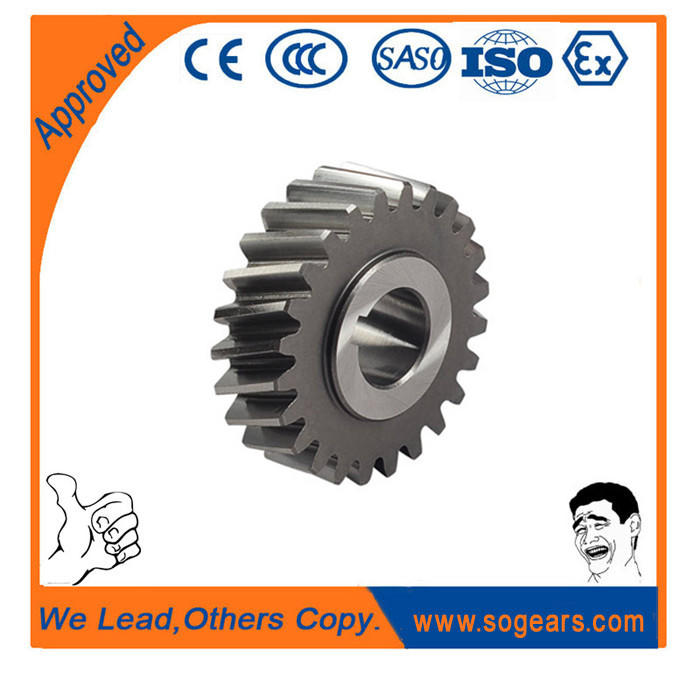
When the center-to-center deviation of the gear pair is negative, the center distance is relatively reduced, so that the gear tooth gap reduction value is calculated by the following formula:
G=2fαsinαn(3)
Where: G——center distance compensation backlash, mm;
Fa - center distance deviation, mm.
1.2.4 tooth thickness deviation to form gear tooth backlash calculation jnmin
Calculated using the following formula:
Jnmin=jnmin1+jnmin2+K+G(4)
In the formula: jnmin - the minimum flank clearance required for the actual operation of the gear pair, mm.
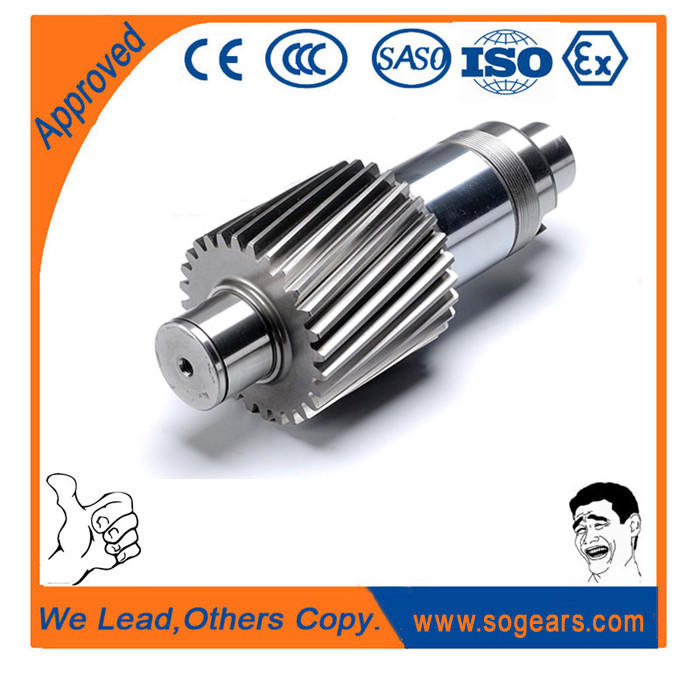
5 gear side clearance adjustment method
There are two ways to obtain the backlash: one is the base tooth thickness system, that is, the limit deviation of the fixed tooth thickness, and the different minimum limit backlash is obtained by changing the basic deviation of the center distance; the other method is the base center system, ie The limit deviation of the fixed center distance is obtained by changing the upper deviation of the tooth thickness to obtain different minimum limit backlash.Why is backlash required between meshing gears?
In the transmission of the slewing mechanism, the pinion and the slewing bearing are mounted together as standard parts, and the tooth thickness cannot be changed. In order to meet the needs of the gear to withstand large loads, the thickness of the pinion cannot be reduced.
Why is backlash required between meshing gears? It is also necessary to use a positive displacement to increase the gear thickness. Therefore, it is ineffective to obtain the backlash adjustment of the backlash in the slewing mechanism by this method. It is necessary to use a base tooth thickness system, that is, to obtain different minimum limit side gaps by changing the basic deviation of the center distance.
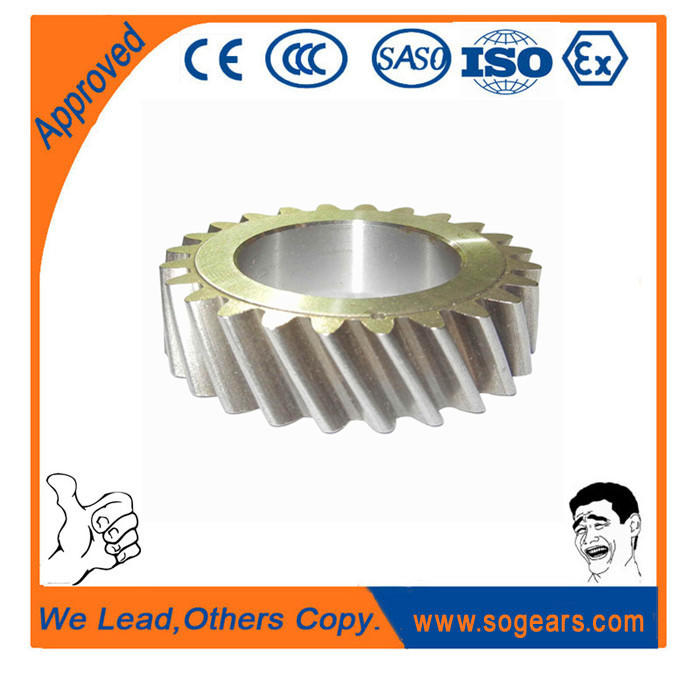
There are many similarities between the internal meshing drive and the external meshing. Why is backlash required between meshing gears? The internal meshing drive has many rules similar to the external meshing, but its different characteristics are worthy of attention. For example, there are four kinds of "interference" phenomena in the internal meshing transmission, especially in the meshing transmission gear train with less tooth difference. Therefore, in almost all cases, the internal gear train is designed as a displacement gear to avoid undesirable "interference".
(1) Involute interference
In the internal mesh transmission, when the internal gear tooth tip exceeds the gear theoretical meshing limit point n1, involute interference occurs, which is essentially the same as the involute interference of the external mesh.
(2) Involute tooth profile overlap interference
In a pair of internal gear transmissions, if the difference in the number of teeth ((z2 - z1) is small, there may be a phenomenon that the tooth profiles not in the meshing area overlap each other, that is, when the meshing terminated pinion exits the internal gear cogging, Gear tooth overlap occurs on the gear tooth tip; the gear pair that generates such tooth profile interference cannot be driven (see Figure 2-7).Why is backlash required between meshing gears? If the internal gear is machined with a pinion cutter with a small difference in the number of teeth, the cut may occur. The interference phenomenon of the internal gear tooth tip.
(three) radial interference
Why is backlash required between meshing gears? When assembling the internal gear pair, sometimes the external gear can only be inserted into the internal gear in the axial direction, and the external gear cannot be radially mounted to the meshing position with the internal gear. The external gear that is axially mounted to the engaged position is also unable to exit the internal gear ring in the radial direction. This phenomenon is called radial interference. When the internal gear is machined with a pinion cutter, radial interference will cause the pin cutter to produce a top cut when it is fed radially.
Why is backlash required between meshing gears? In order for the bevel gear to work properly, in addition to having a good contact area on the tooth flanks, it is necessary to have a proper meshing gap between the teeth. This is because the lubrication of the gear teeth and the flexible, non-impact, noise-free meshing operation of the gear teeth are all guaranteed by appropriate clearance. If the gap is too small, an oil film of a certain thickness cannot be formed between the tooth surfaces, so that the lubrication and cooling of the tooth working surface are deteriorated, noise and heat are generated during the work, and the wear and abrasion of the tooth surface of the tooth are intensified, and even It will cause the teeth to be stuck and broken; when the clearance is too large, the tooth surface of the gear will generate an impact load, destroy the oil film, and when the vehicle speed or load changes drastically, the impact sound will be generated, which will also aggravate the wear of the tooth surface. Can break the teeth.Why is backlash required between meshing gears?
The meshing clearance of the gear teeth depends on the die end face modulus and working conditions. The larger the end face modulus, the worse the working conditions, and the larger the meshing clearance of the gear teeth.
NER GROUP CO.,LIMITED
Mobile:+86-13053534623
.png) http://www.bonwaygroup.com/
http://www.bonwaygroup.com/.png) https://twitter.com/gearboxmotor
https://twitter.com/gearboxmotor.png) https://www.facebook.com/sogears1993
https://www.facebook.com/sogears1993Viber/Line/Whatsapp/Wechat: 008613053534623
E-mail:
Address: No.5 Wanshoushan Road, Yantai, Shandong Province, China (264006)
